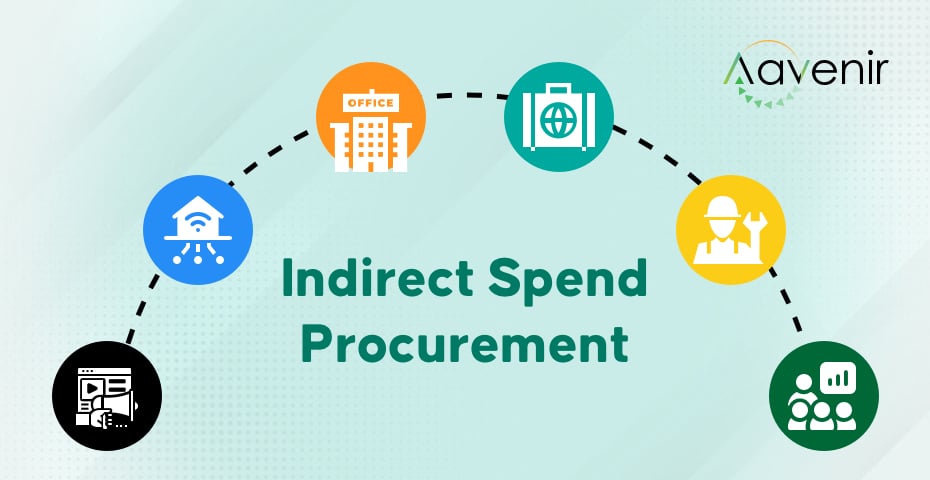What is Indirect Spend in Procurement?- Definition
Indirect spend refers to expenses incurred for materials, services, and maintenance required to operate the business.

Understanding Indirect Spend in Procurement
Indirect spend in procurement deals with acquiring products and services that support a business’s operations, albeit in a non-essential role. These indirect spend supplies include office supplies & stationery, decorations, etc.
Indirect spend supplies are, in their own way, still essential to your organization. But they don’t exert any direct input into the finished products and services you deliver to your customers.
Rather, they play a supporting role to ensure that the process of turning direct supplies into finished goods goes smoothly.
Some example of indirect spend supplies includes:
- SaaS subscriptions, e.g. Slack
- employee development resources, e.g. books
- office decorations
- office equipment such as laptops & personal computers
Indirect supplies are more pronounced in digital fields where there are no tangible goods, but mostly services delivered to customers.
Benefits of Indirect Spend
1. Employee Driven Spend
Procurement professionals focused on indirect spending, mostly oversee employee-driven spending. If an employee’s headset breaks, they can request a new one. If a team member needs to travel to visit a customer, they’ll need to book a flight and hotel. These are all indirect expenses that can get wildly out of hand if a company doesn’t have strict policies in place to guard against overspending. In other words, where the spend originates has a big impact on how it’s managed.
2. Supplier Relationship Management
Indirect procurement teams, primarily manage internal stakeholders, though they may cultivate closer relationships with some vendors. Procurement professionals at large corporations may lookout for savings opportunities through strategic sourcing partnerships. If all computer monitors were purchased from one company, for example, they might get a discount and be able to cut some costs.
3. Spend Management
Indirect spending focuses heavily on spend management because it can be a source of waste within an organization. Keeping spending under control is, by and large, the only way they can impact the bottom line.
4. Measuring Performance
Indirect procurement is most commonly measured by cost savings. Indirect spend is renowned for being fragmented throughout the organization, operating way outside of procurement’s purview. This often extends to large contracts such as company catering, staff travel, or IT services.
Procurement must gain total visibility of their organization’s spending to measure the performance. This means consolidating all indirect spend into categories and suppliers. The resulting list of critical, preferred suppliers will help you drive supply-chain efficiency and enable more favorable supplier contract terms such as volume discounts.

